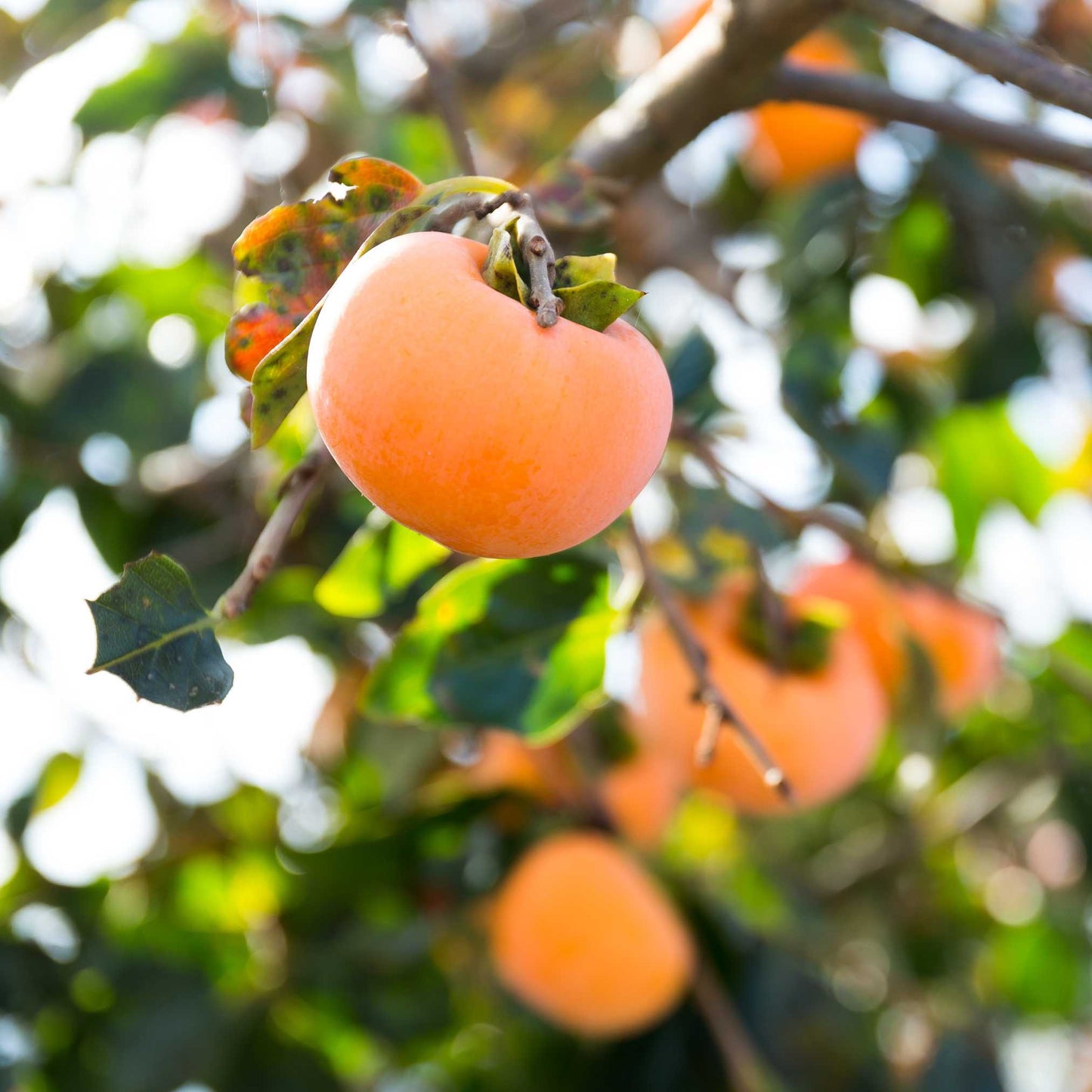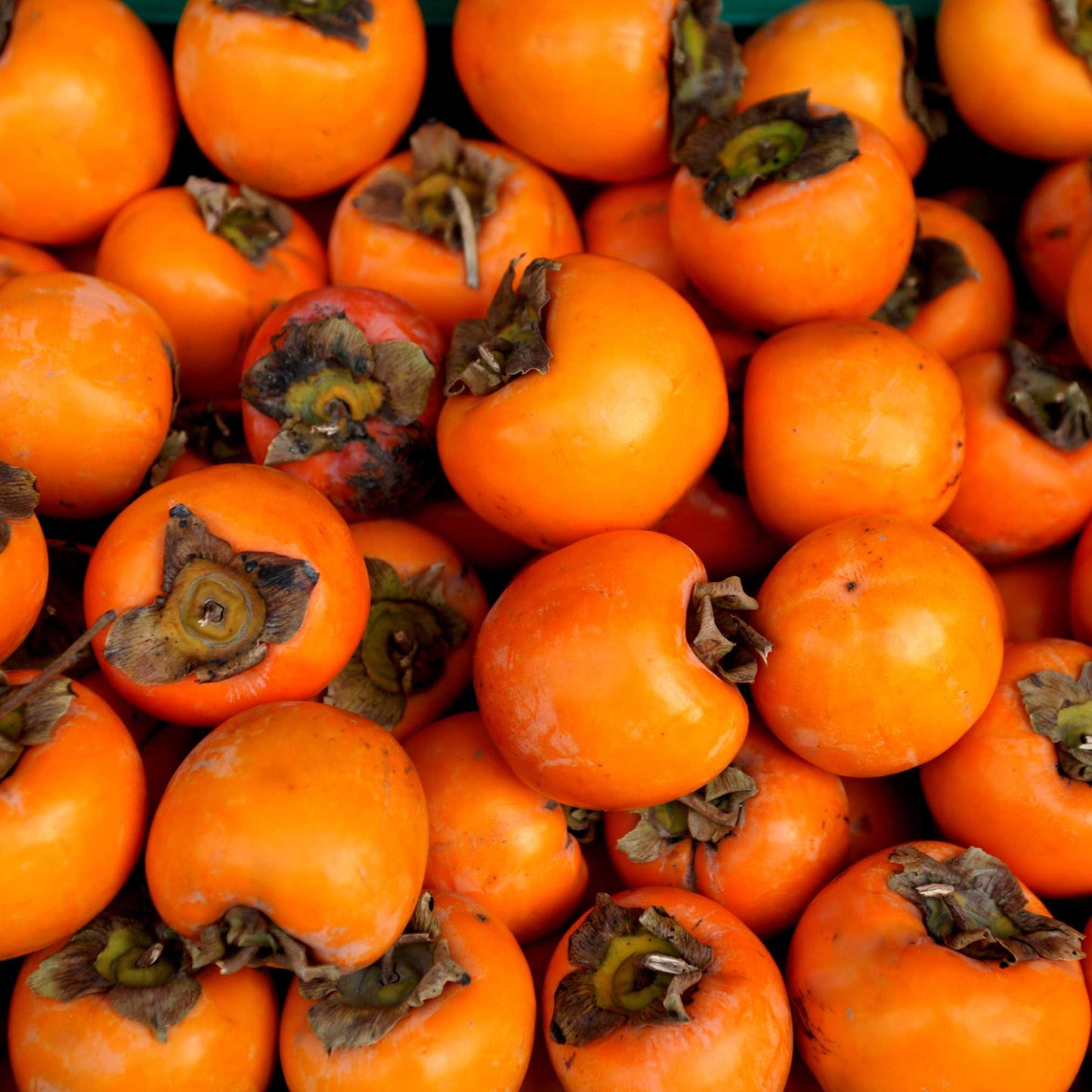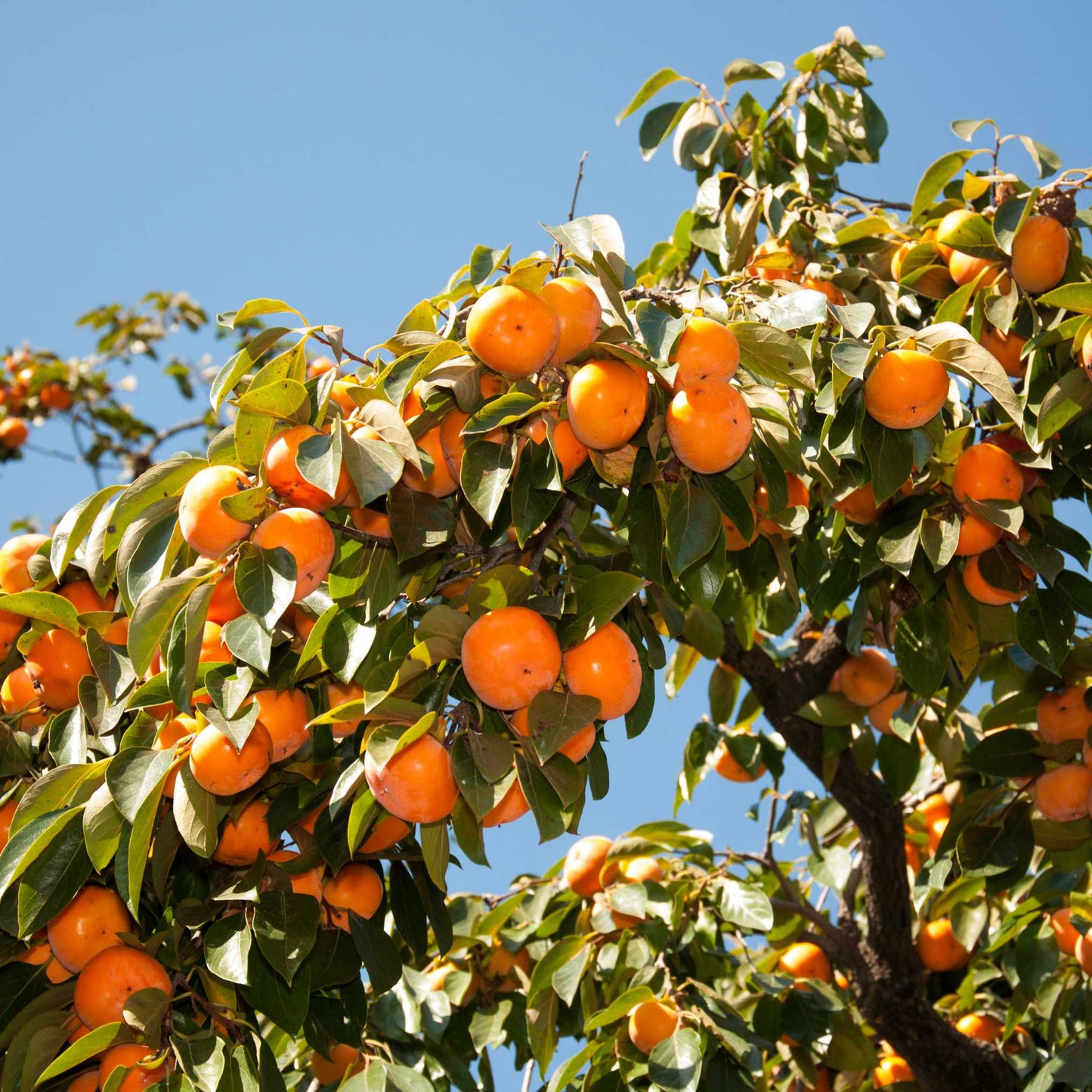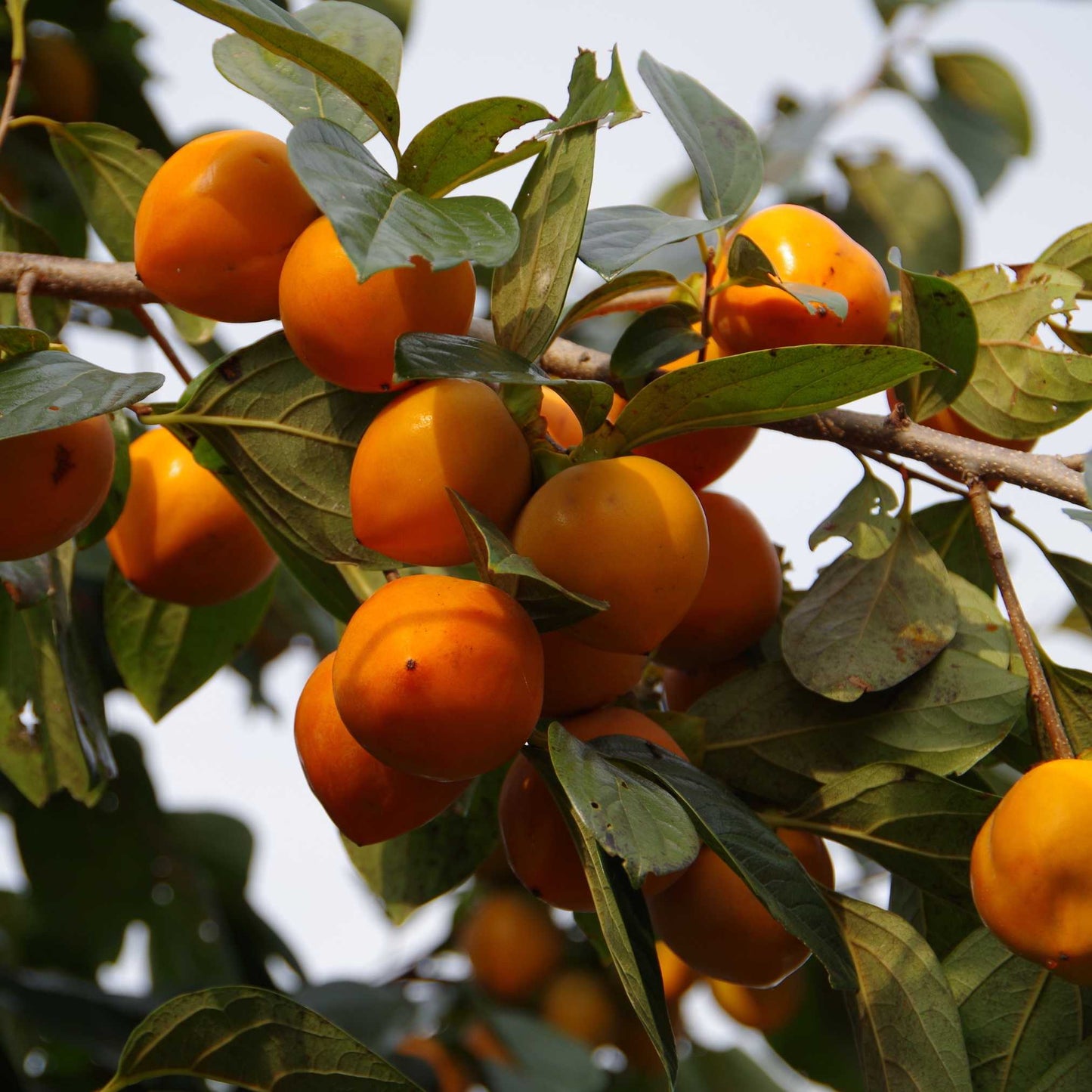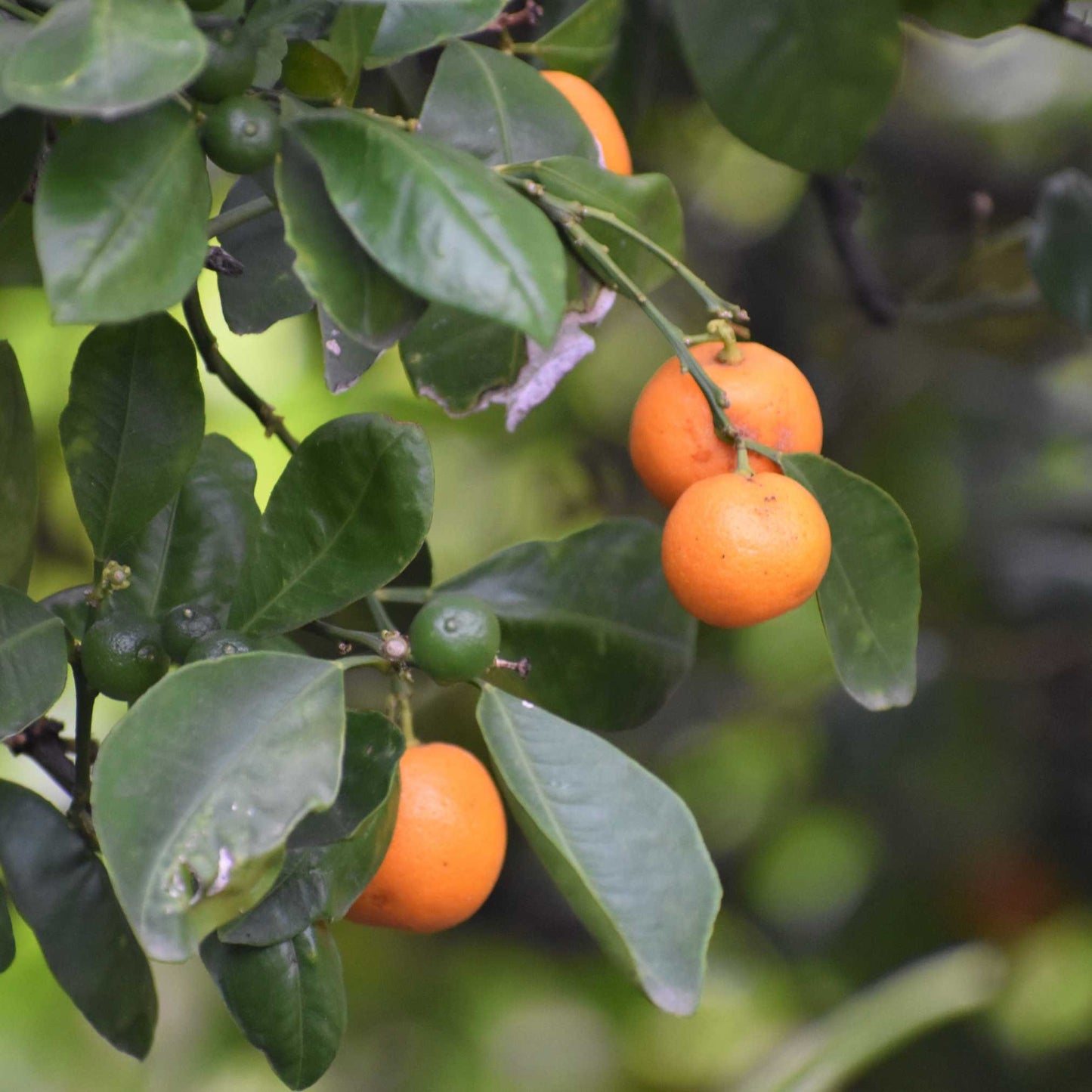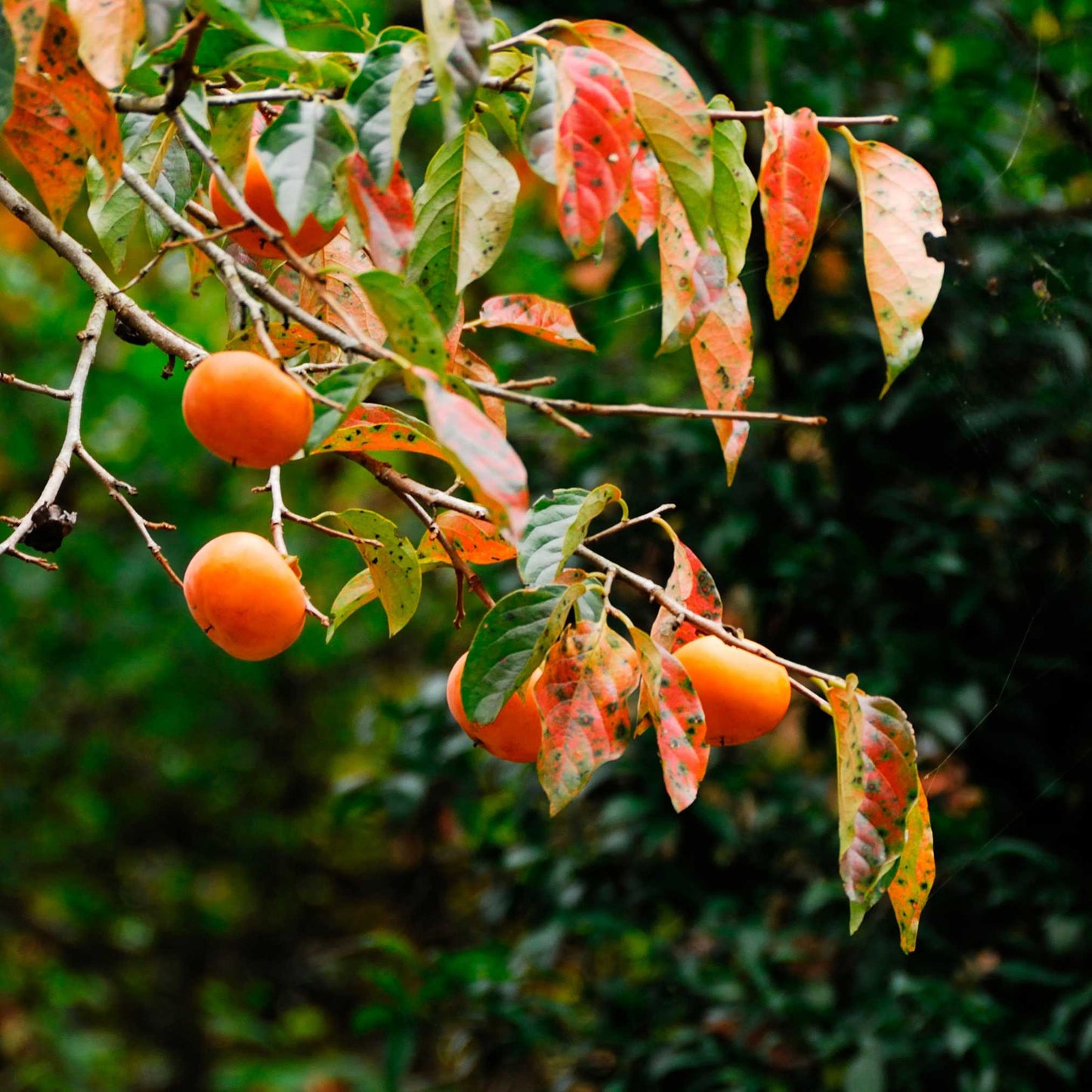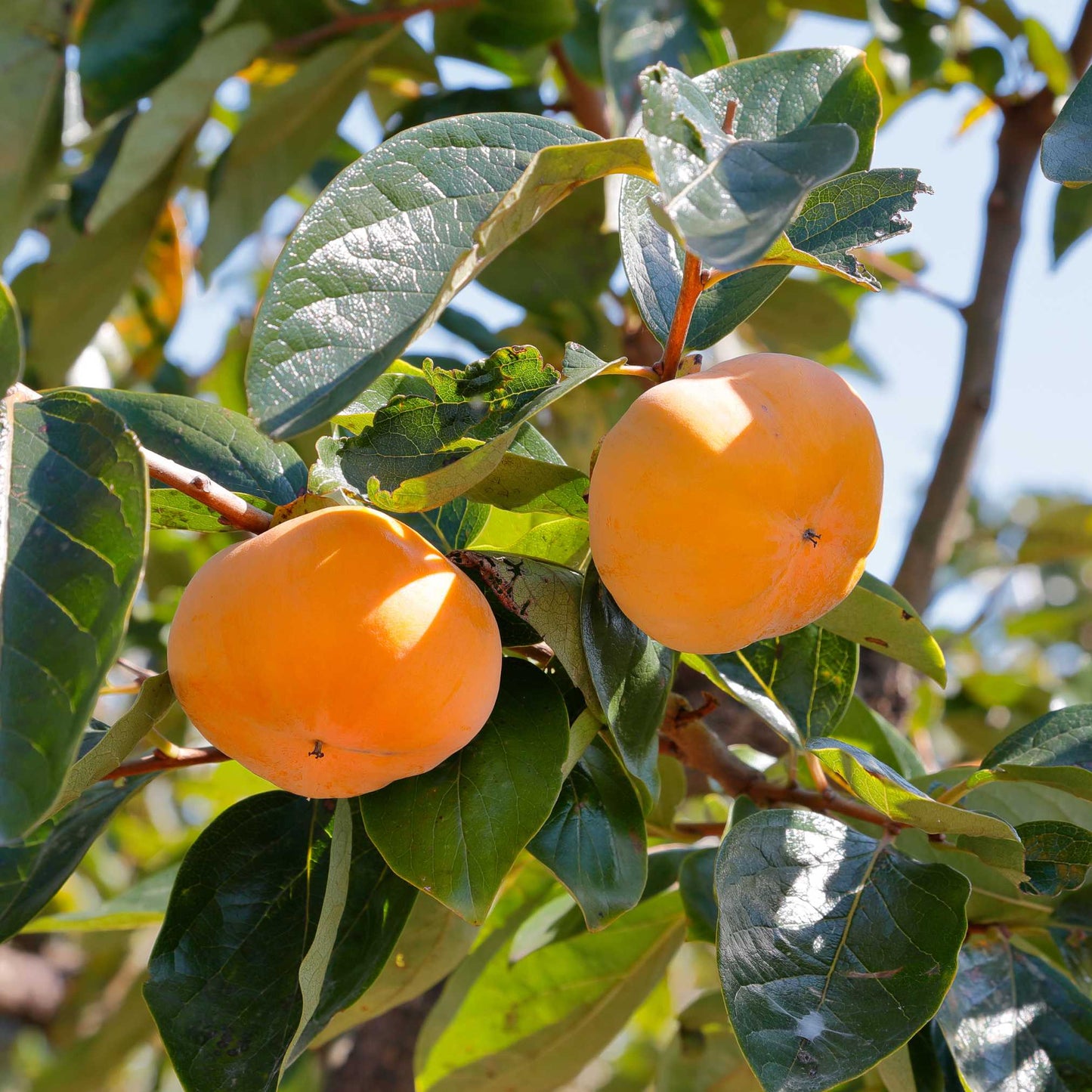We clean up after ourselves.
Ecommerce deliveries have a carbon footprint. That's why we support verified projects that remove carbon from the air.



Every delivery’s carbon footprint is calculated based on weight, shipping method, and distance traveled. We neutralize these emissions by purchasing verified carbon removal credits from groundbreaking projects.



With your purchase, you’ll join a community of proactive merchants and customers dedicated to a sustainable future. Together, we've removed emissions for over 68 million deliveries and removed over 49 thousand tonnes of carbon.

We work with a network of pioneering carbon removal companies that have been vetted by the commerce platform Shopify.

Passion For Plantation
20Pcs Japanese Golden Persimmon Seeds
20Pcs Japanese Golden Persimmon Seeds
Couldn't load pickup availability
Experience the exotic flavor and beauty of Japanese Persimmon (Diospyros kaki) in your garden with our high-quality seeds. Japanese Persimmons are renowned for their sweet, rich, and honey-like flavor, making them a prized fruit in many cultures. The trees produce vibrant orange, round or heart-shaped fruits that can be eaten fresh, dried, or used in various culinary dishes. These ornamental trees also boast attractive foliage, providing aesthetic value throughout the growing season. Perfect for gardeners who enjoy unique fruit trees, our Japanese Persimmon Seeds promise a bountiful harvest of delicious and nutritious fruit.
Key Features:
- Delicious Fruit: Produces sweet, honey-flavored persimmons that are versatile in culinary uses.
- Ornamental Value: Attractive foliage and vibrant orange fruits enhance the visual appeal of any garden.
- Nutritious: High in vitamins A and C, fiber, and antioxidants, making them a healthy addition to your diet.
- Versatile Growth: Suitable for growing in various climates, hardy in USDA zones 7-10.
- Long-Lived Trees: Japanese Persimmon trees can live and produce fruit for many years with proper care.
Planting Instructions:
-
Seed Preparation: To enhance germination, stratify the seeds by soaking them in warm water for 24 hours, then place them in a moist medium (like sand or peat moss) in a plastic bag and refrigerate for 2-3 months.
-
Timing: Sow seeds indoors in late winter or early spring, about 6-8 weeks before the last frost date.
-
Soil Preparation: Choose a location with well-draining soil. Japanese Persimmons prefer slightly acidic to neutral soil (pH 6.0-7.5). Incorporate organic matter, such as compost, to improve soil fertility and drainage.
-
Sowing Depth: Plant seeds 1 inch deep in pots filled with a seed-starting mix. Water thoroughly and keep the soil consistently moist but not waterlogged.
Growing Conditions:
- Light: Full sun is essential for optimal growth and fruit production. Japanese Persimmons need at least 6-8 hours of direct sunlight daily.
- Temperature: Hardy in USDA zones 7-10. Young plants should be protected from frost.
- Watering: Keep the soil evenly moist, especially during the growing season. Established trees are somewhat drought-tolerant but produce better fruit with regular watering.
Care Tips:
- Watering: Ensure consistent moisture, particularly during dry periods and fruit development. Mulch around the base of the tree to retain moisture and regulate soil temperature.
- Fertilizing: Apply a balanced, slow-release fertilizer in early spring and again in mid-summer. Avoid excessive nitrogen, which can reduce fruit production.
- Pruning: Prune in late winter to early spring to maintain shape, remove dead or diseased branches, and improve air circulation. Thin the fruit if the tree sets too many to ensure larger, better-quality fruits.
- Protection: Protect young trees from strong winds and frost. Consider using a tree guard or wrap to protect the trunk from pests and cold damage.
Pest and Disease Management:
- Pests: Monitor for common pests such as aphids, scale insects, and borers. Use organic pest control methods like neem oil or insecticidal soap if needed.
- Diseases: Japanese Persimmons are relatively disease-resistant. Ensure good air circulation and proper watering to prevent fungal diseases. Prune out any affected branches promptly.

